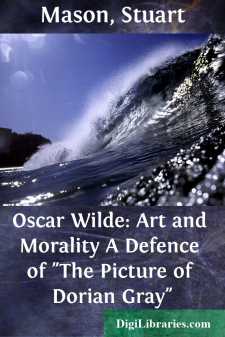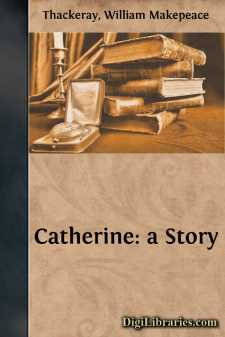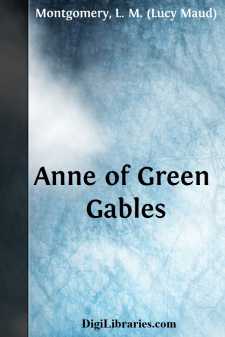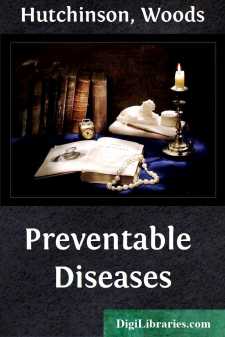Categories
- Antiques & Collectibles 13
- Architecture 36
- Art 48
- Bibles 22
- Biography & Autobiography 813
- Body, Mind & Spirit 142
- Business & Economics 28
- Children's Books 15
- Children's Fiction 12
- Computers 4
- Cooking 94
- Crafts & Hobbies 4
- Drama 346
- Education 46
- Family & Relationships 57
- Fiction 11829
- Games 19
- Gardening 17
- Health & Fitness 34
- History 1377
- House & Home 1
- Humor 147
- Juvenile Fiction 1873
- Juvenile Nonfiction 202
- Language Arts & Disciplines 88
- Law 16
- Literary Collections 686
- Literary Criticism 179
- Mathematics 13
- Medical 41
- Music 40
- Nature 179
- Non-Classifiable 1768
- Performing Arts 7
- Periodicals 1453
- Philosophy 64
- Photography 2
- Poetry 896
- Political Science 203
- Psychology 42
- Reference 154
- Religion 513
- Science 126
- Self-Help 84
- Social Science 81
- Sports & Recreation 34
- Study Aids 3
- Technology & Engineering 59
- Transportation 23
- Travel 463
- True Crime 29
Oscar Wilde: Art and Morality A Defence of "The Picture of Dorian Gray"
by: Stuart Mason
Description:
Excerpt
ART AND MORALITY
"Why do you always write poetry? Why do you not write prose? Prose is so much more difficult."
These were the words of Walter Pater to Oscar Wilde on the occasion of their first meeting during the latter's undergraduate days at Oxford. Those were "days of lyrical ardours and of studious sonnet-writing," wrote Wilde, in reviewing one of Pater's books some years later, "days when one loved the exquisite intricacy and musical repetitions of the ballade, and the vilanelle with its linked long-drawn echoes and its curious completeness; days when one solemnly sought to discover the proper temper in which a triolet should be written; delightful days, in which, I am glad to say, there was far more rhyme than reason."
Oscar Wilde was never a voluminous writer—"writing bores me so," he once said to André Gide—and at the time of which he speaks he had published little except some occasional verses in his University magazines. Then, in 1881, came his volume of collected poems, followed at intervals during the next nine or ten years by a collection of fairy stories and some essays in the leading reviews.
"I did not quite understand what Mr. Pater meant," he continues, "and it was not till I had carefully studied his beautiful and suggestive essays on the Renaissance that I fully realised what a wonderful self-conscious art the art of English prose-writing really is, or may be made to be."
It has been suggested that it was his late apprenticeship to an art that requires life-long study which rendered Wilde's prose so insincere, resembling more the conscious artifice of the modern French school than the restrained, yet jewelled style of Pater, whom he claimed as his master in prose.
It was not till 1890 that he published his first and only novel, The Picture of Dorian Gray, with its strangeness of colour and its passionate suggestion flickering like lightning through the gloom of the subject. The Puritans and the Philistines, who scented veiled improprieties in its paradoxes, were shocked; but it delighted the connoisseur and the artist, wearied as they were with the hum-drum accounts of afternoon tea parties and the love affairs of the curate.
That such a master of prose and scholarship as Pater should have written in terms of commendation of Dorian Gray is sufficient to prove how free from offence the story really is. In the original version of the story one passage struck Pater as being indefinite and likely to suggest evil to evil minds. This paragraph Wilde elaborated, but he refused to suppress a single sentence of what he had written. "No artist is consciously wrong," he declared.
A similar incident is recorded as early as 1878. Shairp, the Professor of Poetry at Oxford, suggested some improvements in Wilde's Newdigate Prize Poem Ravenna. Wilde listened to all the suggestions with courtesy, and even took notes of them, but he went away and had the poem printed without making a single alteration in it.
The Picture of Dorian Gray first appeared on June 20th, 1890, in Lippincott's Monthly Magazine for July. It was published in America by the J.B. Lippincott Company of Philadelphia simultaneously with the English edition of the same magazine issued by Messrs. Ward, Lock and Co....












